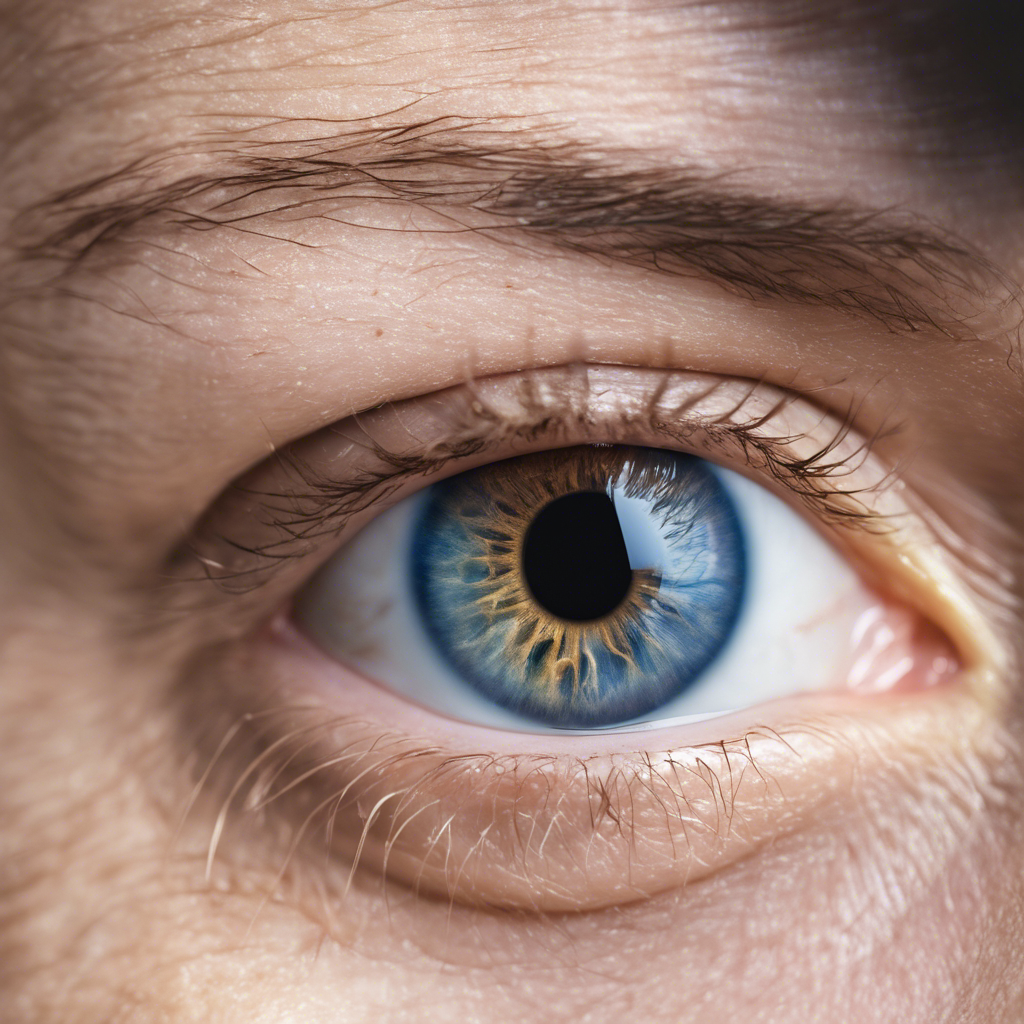Exploring the intricate genetic factors that determine eye color and the fascinating variations that exist among individuals.
“The eyes are the window to the soul,” a timeless quote that captures the profound connection between our eyes and our inner selves. But beyond their metaphorical significance, the origins of eye color have long fascinated scientists and laypeople alike. In this article, we delve into the genetic marvel that determines the color of our irises and explore the complex factors that contribute to the wide range of eye colors observed in the human population.
Decoding Eye Color
Eye color refers to the hue of the iris, the colored part of the eye that surrounds the pupil. The amount, type, and distribution of melanin, or pigment, in the iris determine eye color. Melanin production is influenced by an individual’s genetic information, which is inherited from their parents. Eye color is considered a “polygenic” trait, meaning that multiple genes contribute to its determination.
The Role of Genes
Eye color is influenced by genetic variants that regulate melanin production. Some genetic variants produce more melanin, resulting in darker-colored eyes, while others produce less melanin, resulting in lighter-colored eyes. The development of melanin production continues after birth, which explains why newborns’ eye color may change over time.
Recessive and Dominant Genes
Eye color inheritance follows the principles of recessive and dominant genes. Recessive traits are expressed when an individual inherits the recessive gene from both parents, while dominant traits can mask recessive traits even if inherited from only one parent. Brown eye color is generally considered dominant to blue eye color, similar to the mixing of paint.
Complex Genetic Combinations
While brown eye color is often dominant, determining eye color is not as straightforward as a single gene interaction. Each person has two copies of each gene, one from each parent, and multiple genes are involved in determining eye color. This means that there are countless combinations of genes that children can inherit, resulting in the wide range of eye colors observed in individuals.
Eye Color and Other Traits
Eye color, hair color, and skin color are all influenced by melanin production. Genes dictate the type, structure, and amount of melanin in our bodies. Individuals with genes that produce high amounts of melanin are more likely to have darker eye color, hair color, and skin color. However, certain genes may impact hair color without affecting eye color and vice versa.
Sibling Variations
Siblings can have different eye colors due to the shuffle of genes inherited from their parents. The combination of genes received by each sibling contributes to the unique variations in eye color observed among siblings.
Conclusion:
The inheritance pattern of eye color is a complex and fascinating subject that continues to be studied by geneticists. While certain generalizations can be made, predicting eye color reliably through genetic testing remains challenging. The intricate interplay of genes and melanin production contributes to the diverse and captivating array of eye colors seen in the human population. As we unravel the mysteries of eye color genetics, we gain a deeper understanding of the intricate nature of human genetics and the beauty of individual variation.











